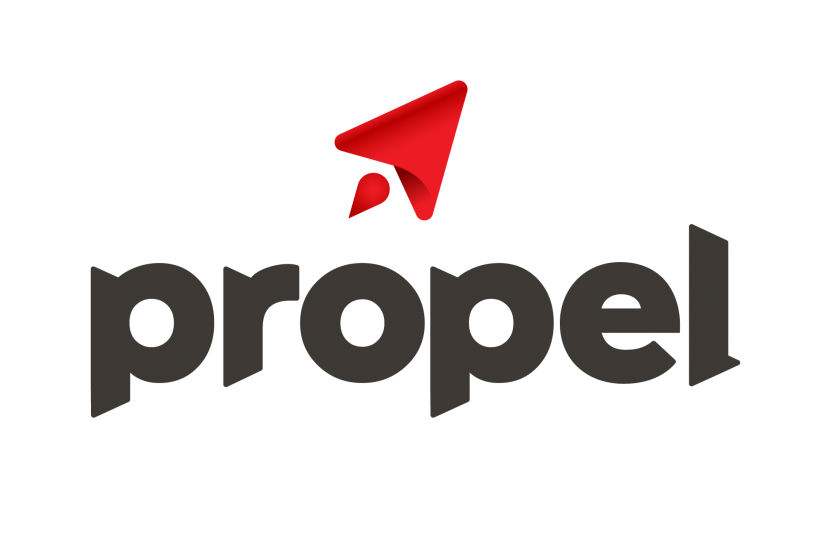Three years ago, businessman Gregg Curwin asked to meet me to discuss my book on the Nova Scotia economy, in part because he took exception to my statement that food production was too small a part of the province’s economy to have a significant impact on its future.
In fact, he told me, he was working on a system to grow local vegetables indoors under LED lights, using renewable energy and minimal water and fertilizer. That vision is now bearing fruit – well, leafy greens – at a test facility in Truro operated by Curwin’s company, TruLeaf Sustainable Agriculture Ltd.
TruLeaf has been in the news recently because it landed a $300,000 loan from the Atlantic Canada Opportunities Agency and $250,000 direct investment from Innovacorp. It was part of a total round of funding worth $1.4 million that has launched the company with its test facility at Perennia, the new agri-tech development centre in Truro.
Over three years, I’ve spoken often with Curwin about TruLeaf, done a bit of work for the company, become friends with him and his team. So let me get the disclaimer out of the way early: I’m somewhat biased about this company.
But let me also say that few companies I’ve seen get me as excited as TruLeaf because it has the potential to change the world in so many ways.
First and foremost, the business case is sound at current market prices for leafy vegetables. There is huge demand for locally grown produce, and TruLeaf greens can grow anywhere. These vegetables can be grown here and profitably sold through supermarkets or markets. What’s more, TruLeaf will be able to export locally grown produce, because it will export the process by which people can grow vegetables in their own community.
In essence, TruLeaf is creating a class of produce that hasn’t existed before, which poses an opportunity and challenge because the company has to educate consumers on just how special these vegetables are. They’re cleaner than organic. The fertilizer is not a waste product and is used in small doses. Because the vegetables are not shipped across the continent, they have longer shelf-life in stores than other produce. There’s no water run-off to end up in the water supply. There are no tractors using fossil fuels.
Is Curwin providing unfair competition to local farmers? Nope. TruLeaf products will mainly replace vegetables now grown in and shipped from the Southwestern U.S.
They are, indeed, the greenest greens.
But TruLeaf won’t just grow greens in this region. The technology can be transferred anywhere in the world for use in any environment. That means that in a drought like the one in the southern U.S., vegetable production would continue without any notice of the weather.
Can you imagine Nunavut producing its own vegetables 12 months a year? Gregg Curwin can. Same goes for sub-Saharan Africa or the Middle East.
Now try to imagine a natural disaster, like an earthquake in a developing country. A TruLeaf module could be dispatched to the disaster zone so that a few months after the tragedy, as the communities are recovering, they could have a dependable source of healthy greens, and employment for the people producing them.
One final layer of upside in this company: it could one day by a supplier or organic compounds to the pharmaceutical industry. These compounds can be grown in the leaves of plants – especially tobacco – and TruLeaf can grow more of them and in more pristine conditions than just about any competitor. If successful, this would become an export opportunity for the company.
Right now, Curwin is focused on a clear development path for the company. He is now examining sites for the company’s first farm in the Truro area, and is in discussions on developing the second farm in one of three sites – Nova Scotia, Newfoundland, or Toronto. To finance this, he will soon go to work on a second round of debt-and-equity financing with a target of $7 million.
And if it’s all successful – and there’s no reason to believe it won’t be – he’ll probably tell me, "I told you so.”









